How a Montreux bank heist led to calls for the death penalty

In the early 1900s Switzerland was rocked by a wave of terror incidents by anarchists. A bank heist carried out by two Russians in Montreux in 1907, in which a bank clerk was shot dead, led to public calls for the death penalty.
On the morning of September 18, 1907, the town of Montreux on Lake Geneva was the scene of dramatic incidents straight out of a gangster movie.
Two men sprint down Avenue du Kursaal. “Stop them, stop them!” cry passers-by. A postal employee, Auguste Vuilliamoz, manages to throw one of them down to the ground; the other takes off “like a rabbit”, according to an eyewitness.
Shots ring out
Jules Favre, a notary, courageously blocks the fugitive’s way. But the man takes out a gun and shoots Favre in the leg, then sprints off again. A hairdresser, Georges Bär, who comes out of his shop meets the same fate – he too is shot. In Schopfergasse, a coachman, Octave Pittet, tries to stop the man. Another shot rings out followed by a scream. Pittet falls to the ground with a bullet in his stomach. The locksmith Alfred Nicklès fearlessly takes up the pursuit. He is more fortunate, as a bullet only grazes him. Finally, the police arrive. The fugitive has run out of bullets and he is arrested in Mrs Terribilini’s henhouse.
At the police station, the two detainees refuse to talk. However, the police are convinced that they are Russian anarchists.
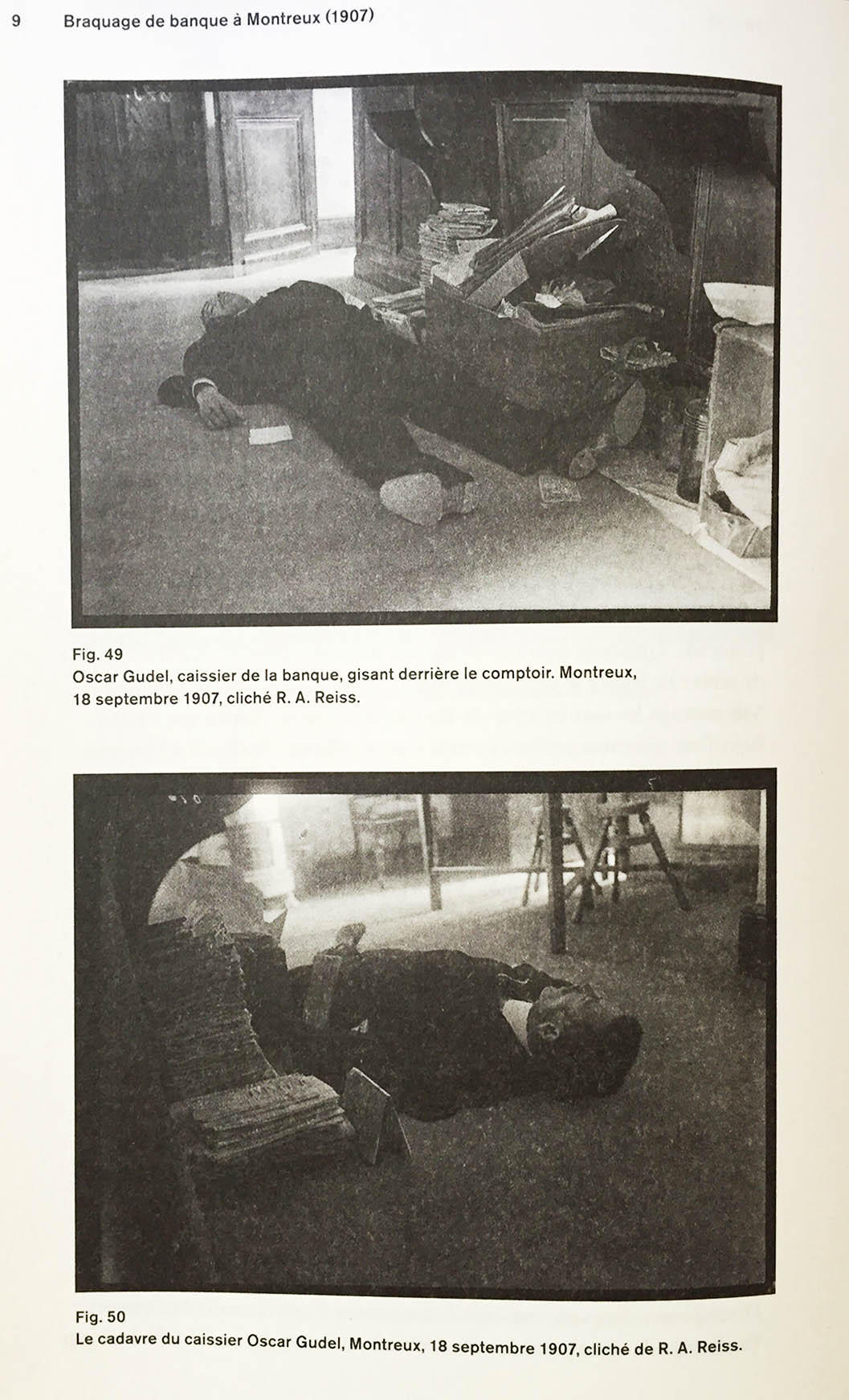
Meanwhile, at the Banque de Montreux, Oskar Gudel, a cashier, is lying dead in a pool of blood. An eyewitness recounts how the robbers entered the bank to change money. While Gudel was counting the money, one of the robbers shot him in the head, the other one rushed to the open safe and stuffed cash into a cloth bag hanging from his neck. Then they took off. The bank director, who was informed by telephone, is outraged: “Poor man!” he says, with tears in his eyes. “Poor Gudel! He was such a decent young man!”
Narrowly escaped lynching
That evening, the police transfer the criminals to Lausanne to be identified. They have a hard time protecting the men from a crowd of several hundred Montreux locals threatening to lynch them. In Lausanne, anger is brewing too, and the officers protecting the prisoners are assaulted.
“Like in Russia,” says the La Liberté newspaper on its front page the next day. As well as giving the details of the Montreux drama, the paper runs an interview with the postal worker, who helped catch one of the criminals. “A dodgy looking individual with a gangster-like face was running towards me on the other side of the road. Without hesitation, I threw myself at him and was able to stop him. The witnesses who told me what had happened arrived shortly afterwards. One of them – a worker carrying an iron pole – was so outraged by this horrible crime that he wanted to beat the individual to death. I had to take him aside and calm him down.”
The evening papers confirm suspicions that the two criminals are from Russia. One claims he is Maxime Daniekoff, while the gunman calls himself Paul Nilista. None of the officers realises that he is joking. “Nilista” is a reference to “nihilism”, a well-known philosophy and political movement in Russia at the time, which contested the authority of state, church and family, and supported atheism and anarchism. Media reports describe the pair as “dark criminal figures”, professional criminals who had meticulously prepared the heist. Gold, cash, a dagger, pistols, magazines and ammunition, as well as a cloth bag for the loot are found in their possession.
Second fatality
In Switzerland there is huge outcry. La Liberté reports that the men are “anarchists whose principles are solely focused on the abolition of law and order”. The fact that the coachman was shot dead fuels local anger, as does the media’s detailed description of the victim. “His mouth wide open as if he was gasping for air, his half-open eyes reflecting the horror, as well as his injuries are enough for us to more or less reconstruct the drama,” it recounts.
Death by screaming
Gudel reportedly screamed when the gunman threatened him. “Badly injured, Gudel let out another scream – a scream filled with pain and terror. He tried to hold onto the counter when another shot hit him just above the jaw next to his ear; the bullet pierced his brain and killed him,” the paper writes.
In Russia, such criminal acts happen on a daily basis, the newspaper La feuille d’avis du Valais explains. “One almost gets used to such newsflashes and doesn’t pay much attention to them, especially when they come from other countries. This time, however, the drama did not take place in Russia, it happened in Switzerland, right on our doorstep in Montreux.”
The paper also wonders how much longer Switzerland should tolerate being used as a test ground for anarchy and crime. “Such criminals deserve the death penalty. We must not allow Russian terrorists to believe that they can get away with their bloody gangster acts in the country that grants them asylum,” it adds.
Prudent voices
The newspaper’s strong words are heard. When the offenders are transfered to Vevey prison, hundreds of people call for the death penalty. They throw rocks and break the windows of their carriage, while other enraged citizens hit the prisoners with walking canes.
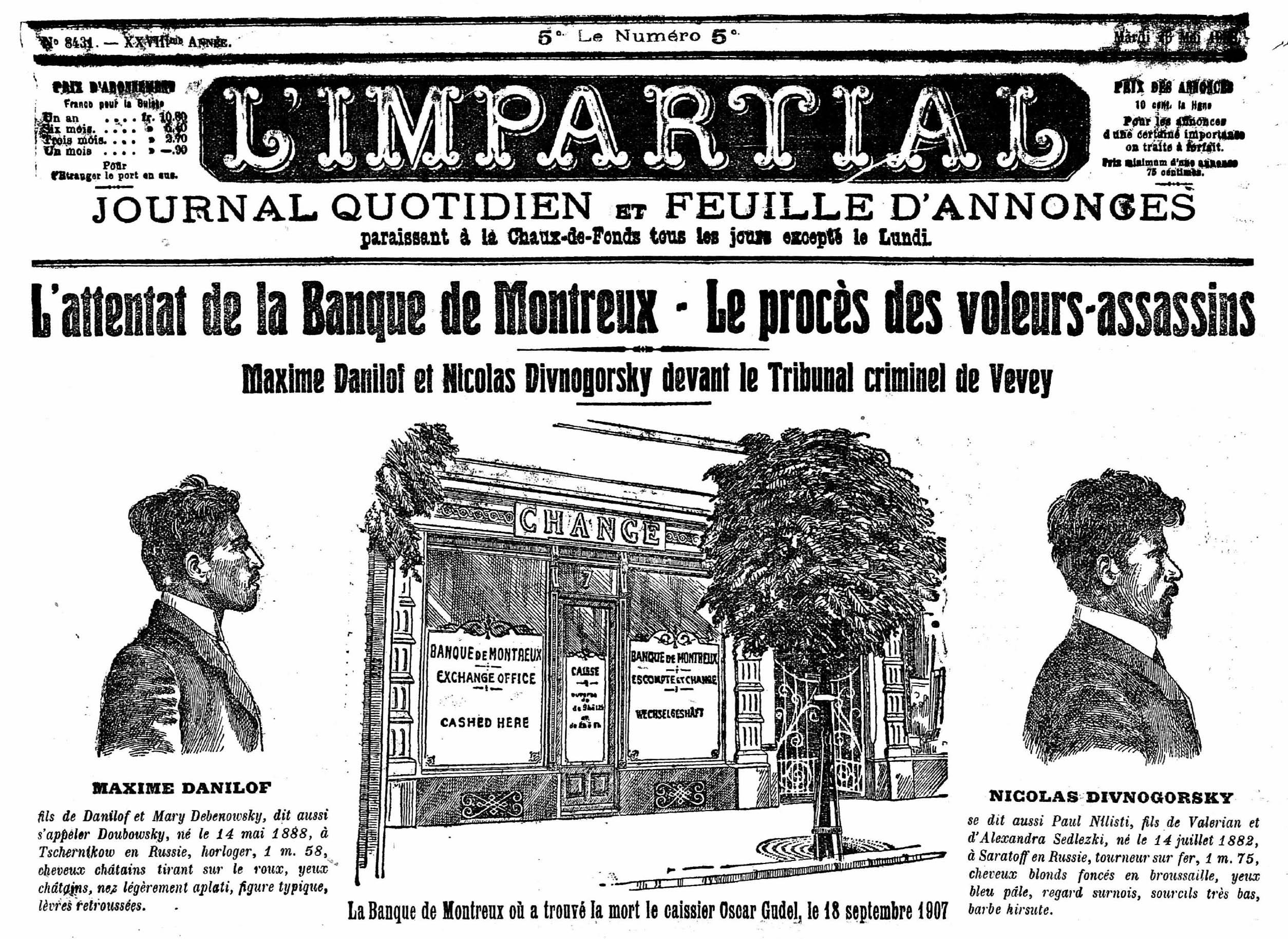
The Christian-Socialist newspaper L’Essor warns that this xenophobic movement could result in the restriction of freedom of expression and the tightening of asylum law. “A strong nation doesn’t need to deport foreign ‘elements’; it integrates or at least influences them,” the paper writes.
The paper suggests giving the foreigners “free courses on the origin and principles of our democracies, the basics of our social and individual morale and our civilization.” Most people are of a different opinion, however. The people of Vevey establish a militia group to ensure local law and order and to support the police. “The example of Vevey sets a precedent,” La Liberté writes. “It’s important that thugs of all kind know that we have had enough of their acts and terror.”
Finally identified
Although the prisoners give conflicting stories and lie when interrogated, the police manage to identify “Nilista”. His real name is Nikolay Divnogorsky. He is 26 years old, married and a fan of the Russian writer Leo Tolstoy; hence his nickname: Nicolas Tolstoy. When his mother is questioned in Russia, she says her son went to the countryside to live with farmers and to support the revolution. However, he returned with his clothes in tatters saying he wanted to study agriculture. Then, she says, he disappeared, and she did not hear from him for years.
It is not quite clear whether the mother is just badly informed or whether she wants to protect her son. Nikolay Divnogorsky is the co-founder of a revolutionary group in St Petersburg dedicated to “propaganda in action”. Its members have carried out assassinations and procured means for their revolutionary struggle by robbing banks and blackmail.
Actors
A spy finally betrays Divnogorsky, and he is locked up in the notorious Peter and Paul Fortress in St Petersburg, Russia. There he pretends to be crazy until he is transferred to a hospital from where his friends manage to get him out and help him flee abroad. According to his mother, Divnogorsky suffered from dizziness at a young age, and in his later years, he was diagnosed with neurasthenia which was in fashion in the 19th century, and is what is known as burnout today. During his imprisonment in Switzerland he insists he gets hallucinations. A psychiatrist examines him and concludes that he is absolutely sane and in full possession of his mental faculties.
Remorse during trial
Their trial begins in May 1908. Divnogorsky’s accomplice claims he is a watchmaker and that his real name is Maxime Doubowsky. The two defendants admit they robbed the bank only to send money to the revolutionary movement in Russia. They never intended to kill anyone. “The shot was triggered by accident. I lost my mind,” Divnogorsky says. “I truly regret the death of the cashier.” His remorse does not help him. He is sentenced to life imprisonment for murder. Doubowsky is sentenced to 20 years behind bars, even though it is proven that he never used force.
Divnogorsky tries to commit suicide in prison. “At first, he threw himself down the basement stairs, but was unscathed,” L’Impartial reports. “He then tried to kill himself by hanging by his feet from the cell bars; however, he was taken down in time.” During his seventh month in prison, Divnogorsky sets his mattress on fire.
“Once again, the guards were able to prevent a disaster. However, the toxic fumes from the smoke were enough for Divnogorsky to catch pneumonia that led to his death, a brief newspaper report on December 13, 1908 recounted, with the headline: “The Epilogue of a Drama”.
A look at Swiss history shows that politically motivated violence was more frequent in the past than we might imagine today.
The first terrorist attack in this country was the assassination of the Austrian Empress Elisabeth, who was stabbed to death in 1898 by an anarchist named Luigi Luccheni. “Sisi”, as she was called, was the first victim of anarchist terror in Switzerland, but she was certainly not the last.
In the early 20th century Switzerland experienced a wave of terrorist attacks. Anarchists raided banks and even a police building in Zurich, tried to blow up trains, blackmailed industrialists, carried out bomb attacks and assassinated political opponents. Most of the attackers were foreign: Russians, Italians, Germans and Austrians who had sought political asylum in Switzerland.
The Swiss government reacted by deporting undesirables and making laws more severe. In 1894, in what became known as the “Anarchists Law”, penalties for crimes using explosives were increased, and preparing for them was made a criminal offence. But Switzerland refrained from tightening its asylum legislation, which ensured ongoing protection for people wanted by police elsewhere.
Translated from German by Billi Bierling

In compliance with the JTI standards
More: SWI swissinfo.ch certified by the Journalism Trust Initiative








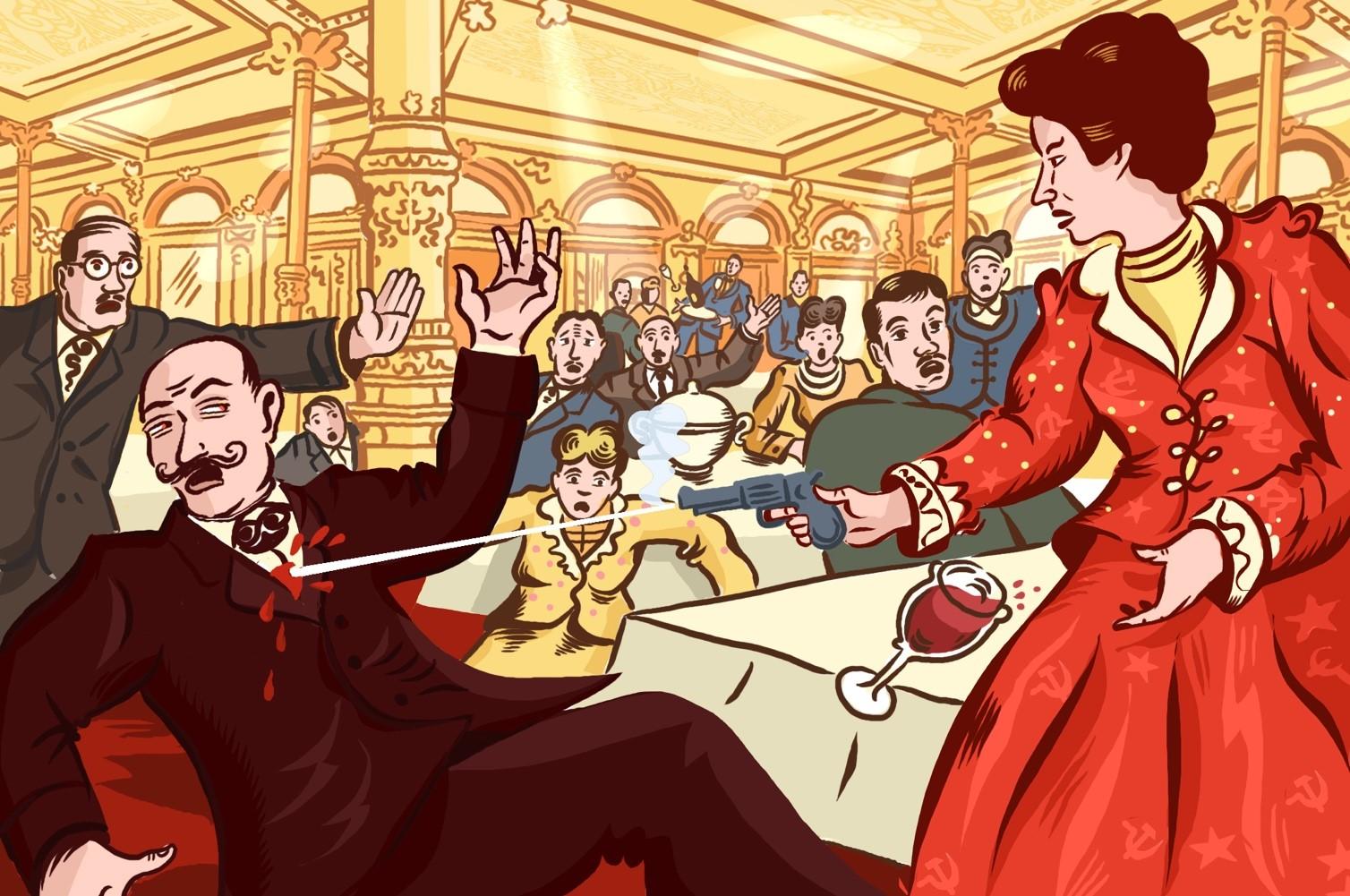
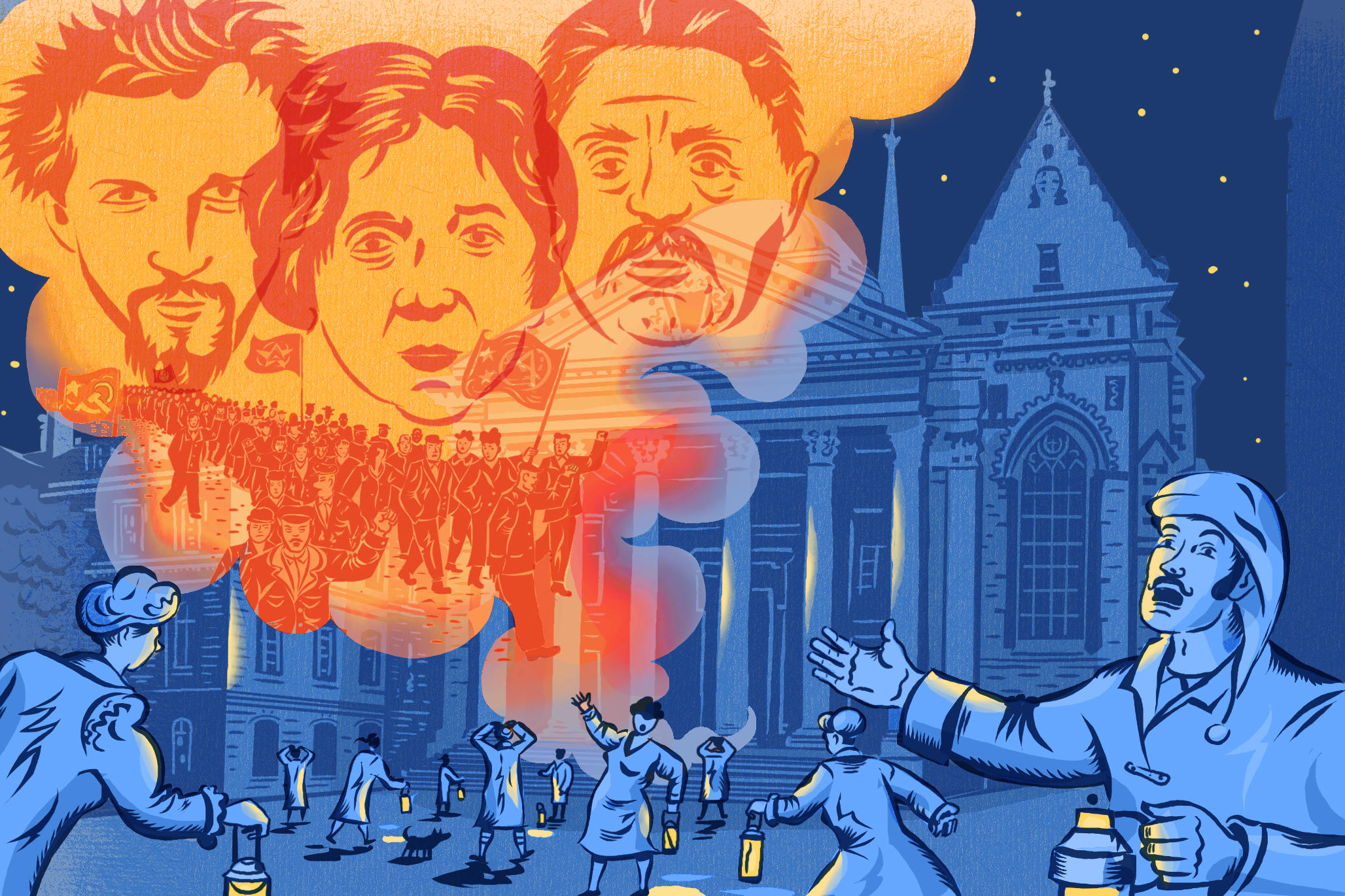
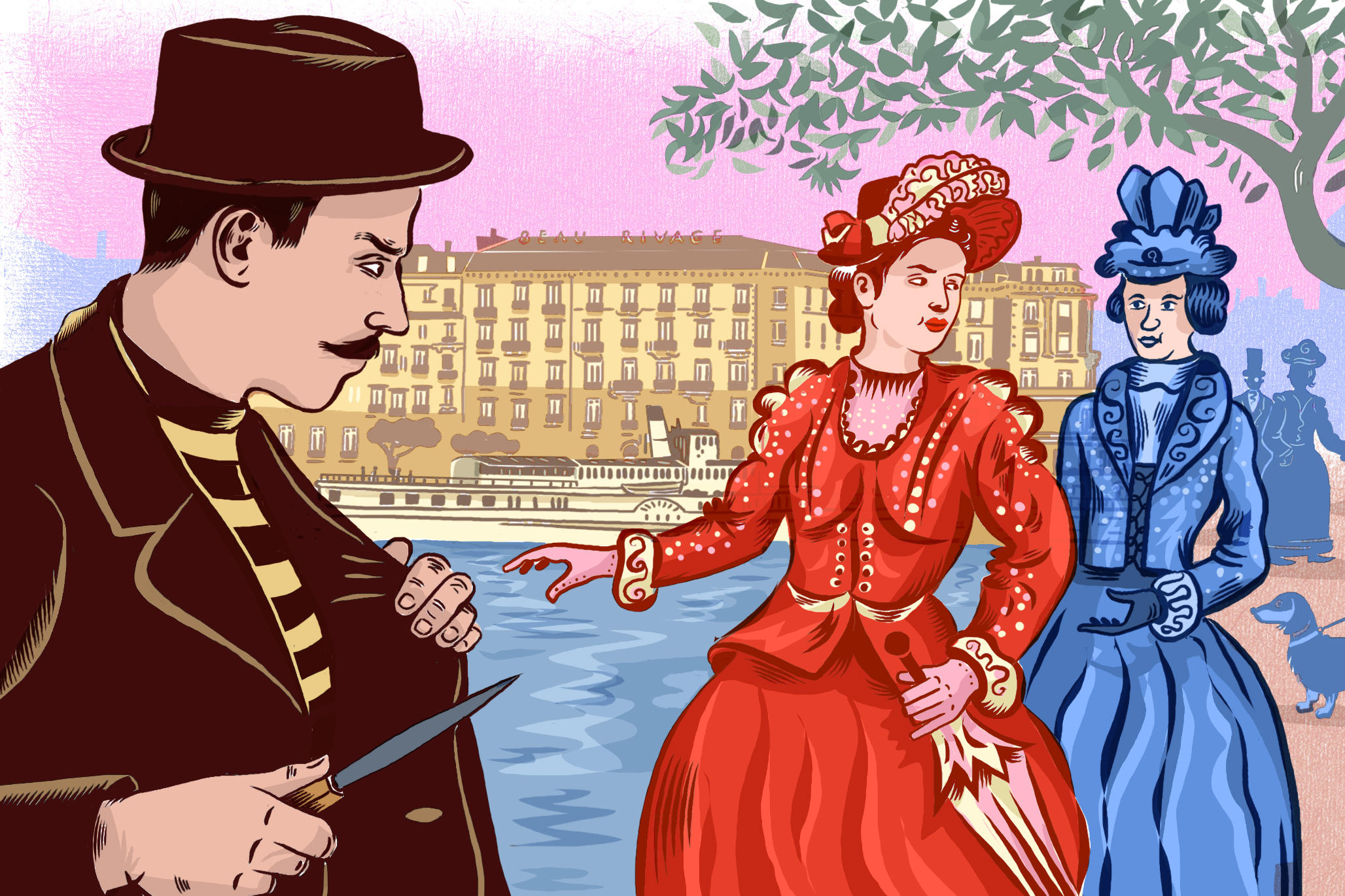
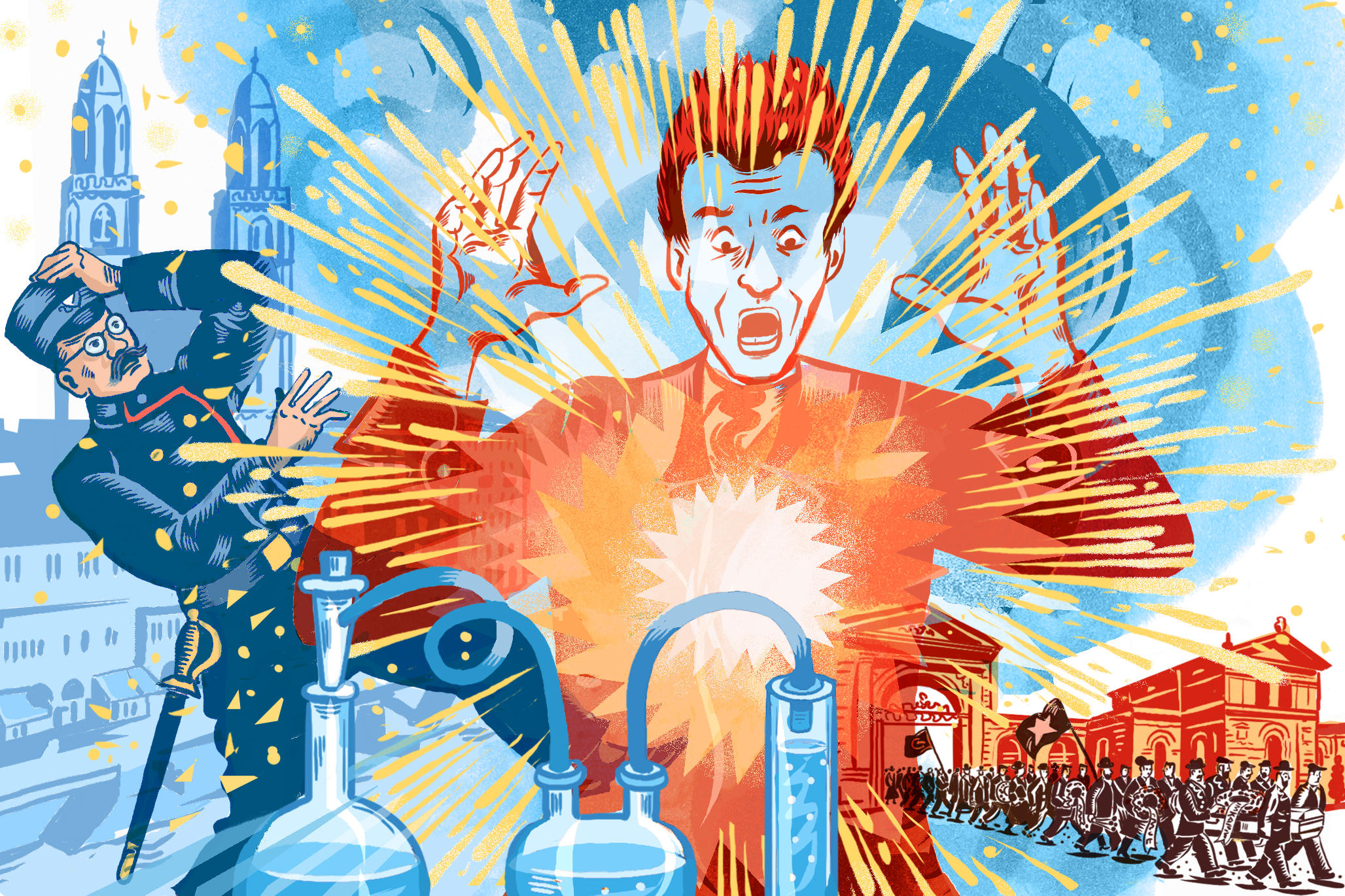
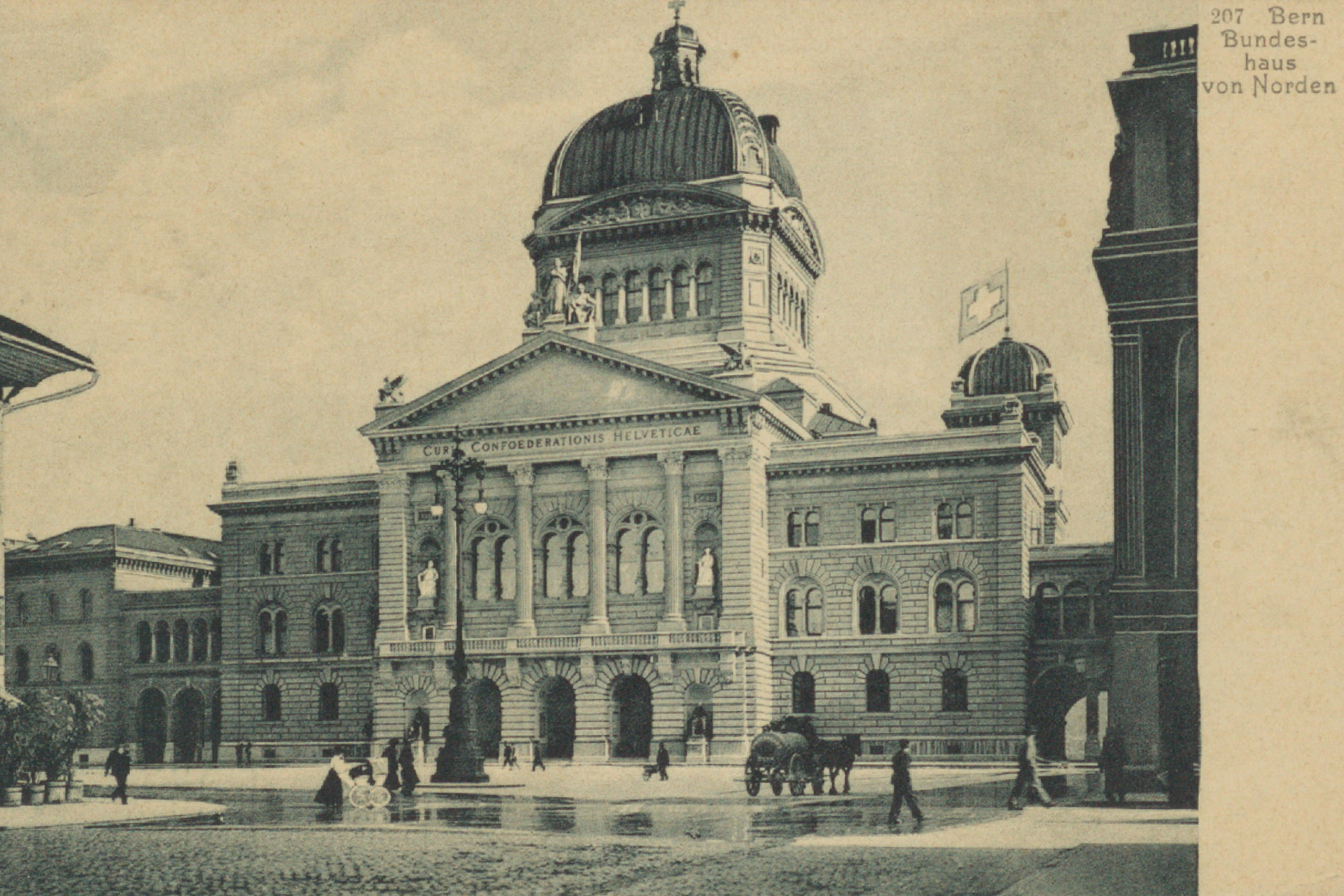
You can find an overview of ongoing debates with our journalists here . Please join us!
If you want to start a conversation about a topic raised in this article or want to report factual errors, email us at english@swissinfo.ch.